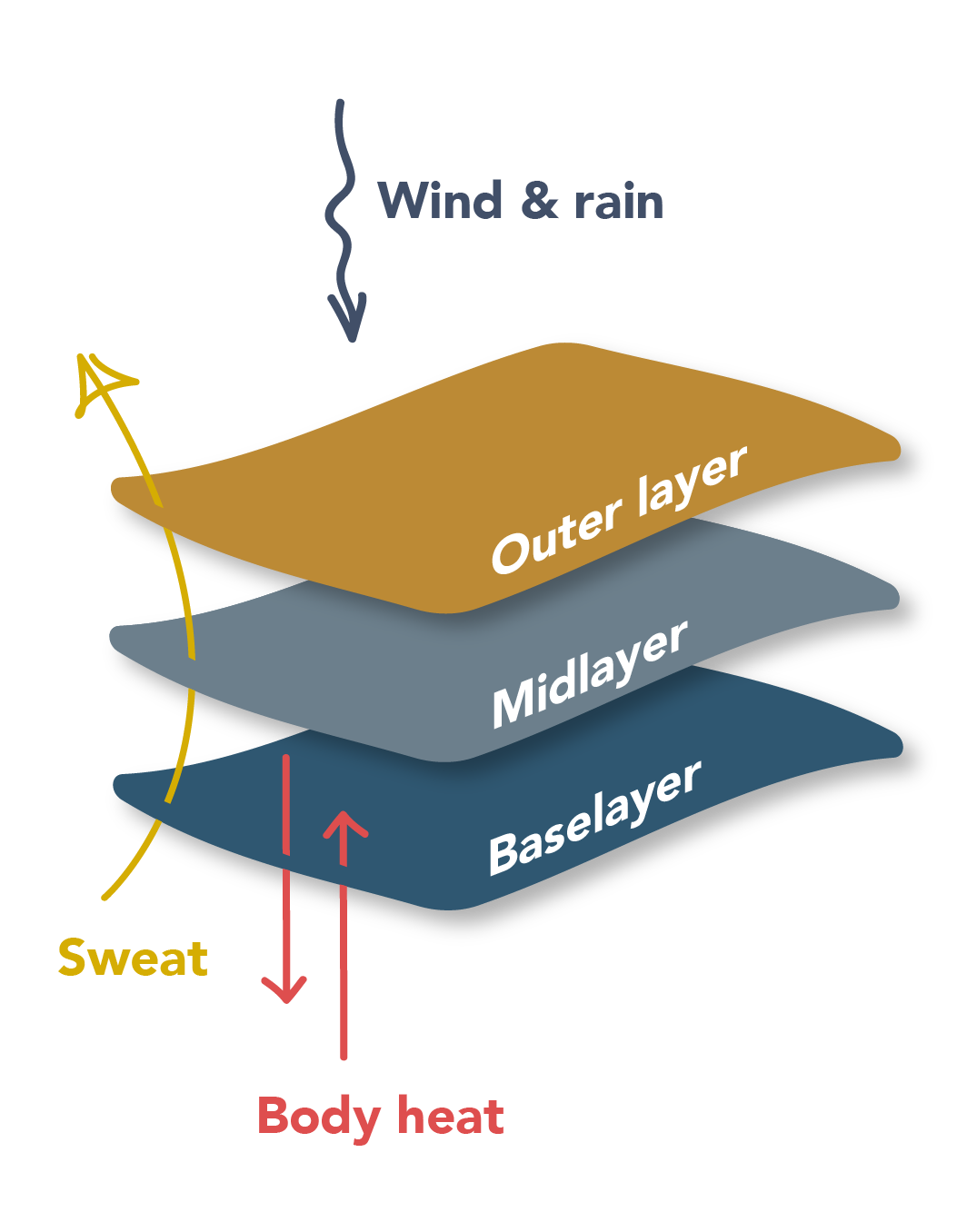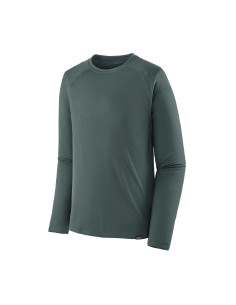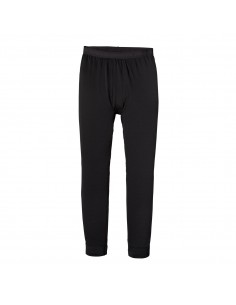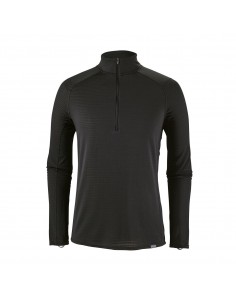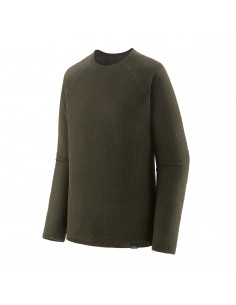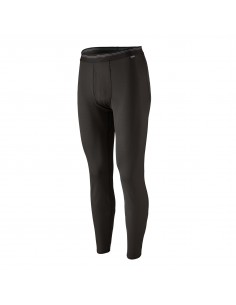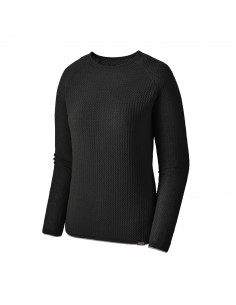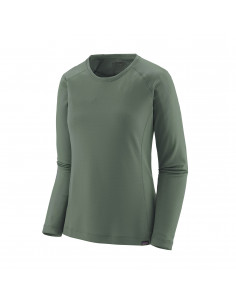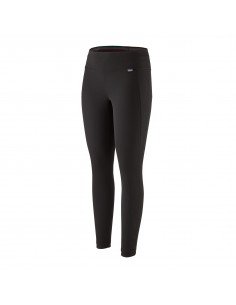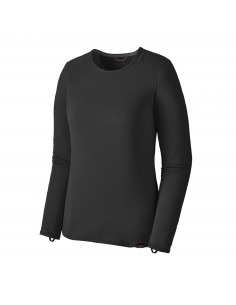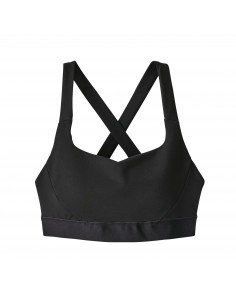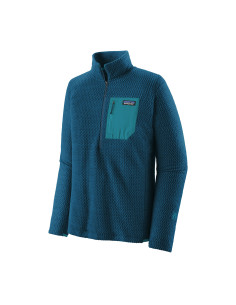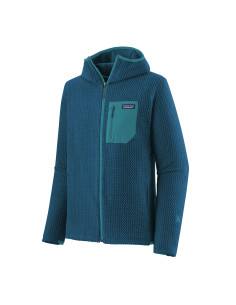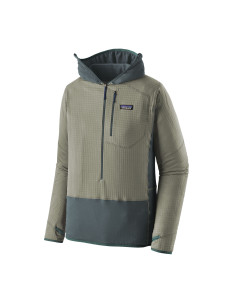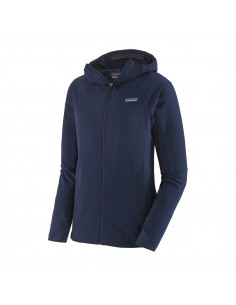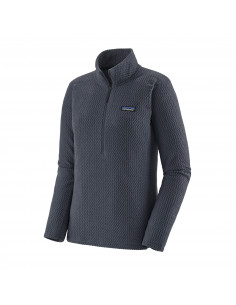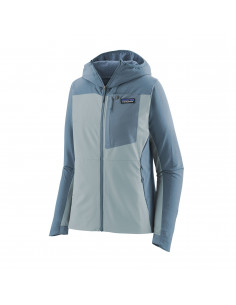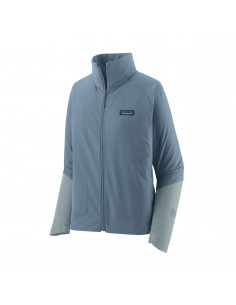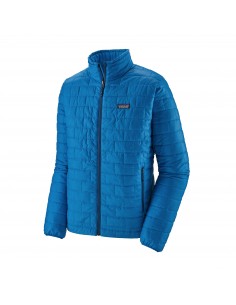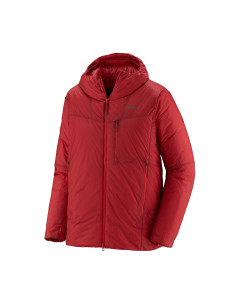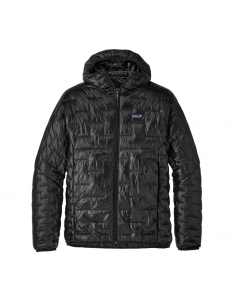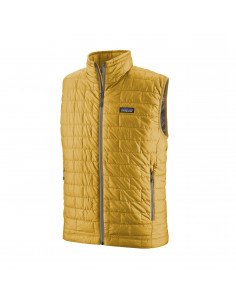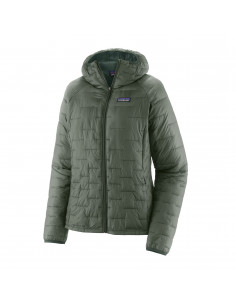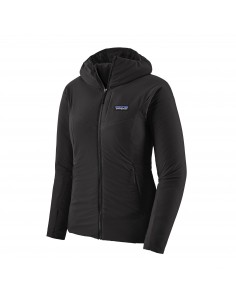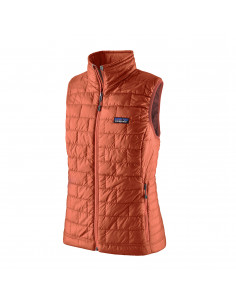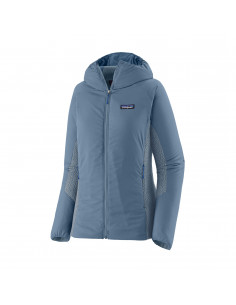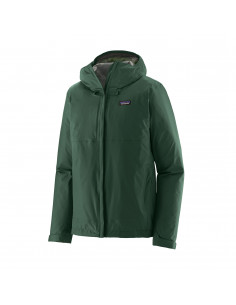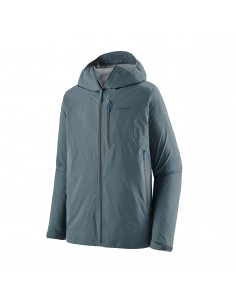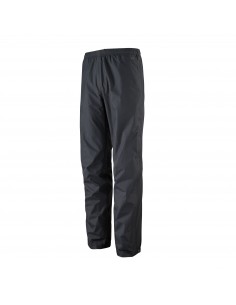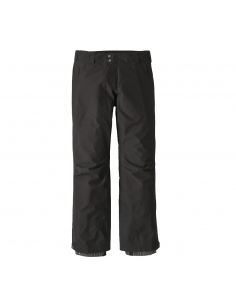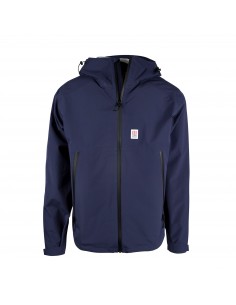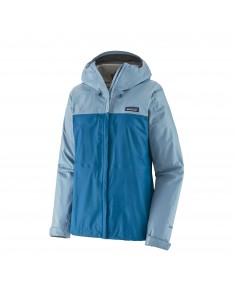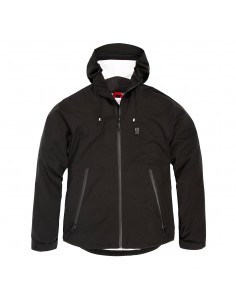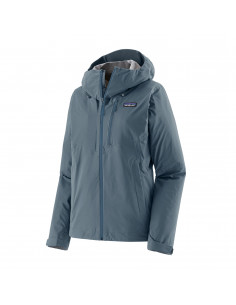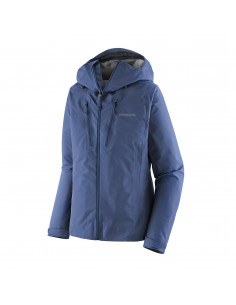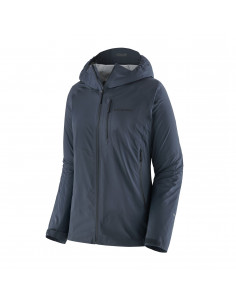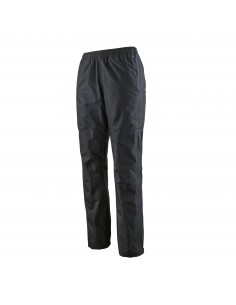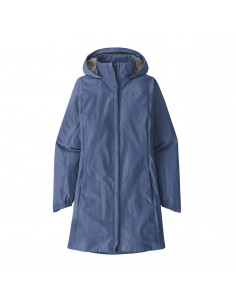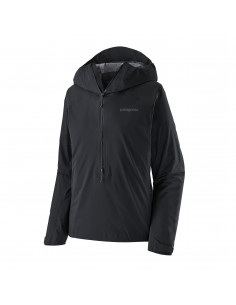-

DRESS
IN LAYERSDRESS
IN LAYERSLearn the art of layering
Learn the art
of layering
HOW TO DRESS IN LAYERS?
Autumn, the golden season, is not only hiking time but also the time of transition. At the beginning the days are pleasantly warm, but the evenings are slowly getting cooler. Autumn is therefore the time to ask: What am I going to wear? The principle of cloth layering helps you to compensate for these temperature fluctuations - this helps in everyday life and is particularly important in sports.
Cloth layering is in German called "Zwiebelprinzip" (onion principle). It bears this name because, just like an onion, it works with several layers. So you don't wear one thick layer, but many layers that together reach exactly the degree of warmth you need. The three layers form the framework: The base-layer, the mid-layer and the outer- or shell-layer. By the way, the three layers do not necessarily mean three pieces of clothing, the mid-layer can also consist of two thinner layers on top of each other instead of one thicker one.
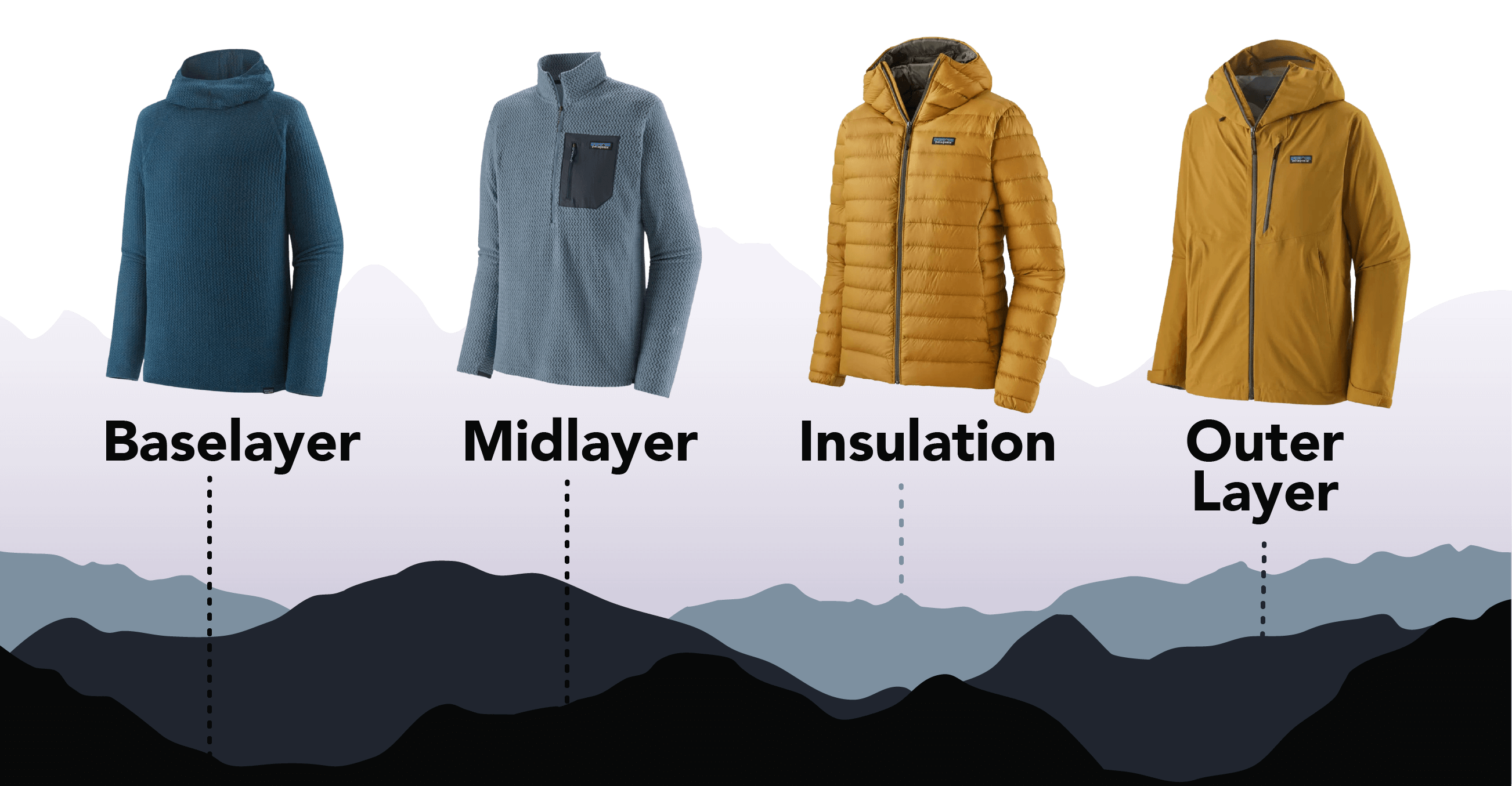
BREATHABLE BASELAYER
This layer is worn directly on the body and should keep it dry and warm. The functional fibers absorb the sweat and transport it away from the body. The base layer should fit tightly, wide clothing does not achieve the desired effect. The base layer also includes underpants - which are often disregarded in sports!
PRACTICAL FLEECE
The middle layer can consist of several pieces of clothing and is mainly used for insulation. Light fleece jackets or sweaters or thin, long-sleeved functional shirts are ideal. The second layer is usually not windproof and waterproof and is often worn as an outermost layer in dry conditions. Don't forget your legs either!
INSULATED MIDLAYER
thick down jackets are excellent mid-layers in really cold conditions. This type of jacket is lightweight and can be compressed down (useful when you need to get it in your backpack). On the other hand, if duck down gets wet, it clumps together and it loses its insulating qualities. These jackets shouldn't be used in wet weather or when you are likely to sweat a lot.
PROTECTIVE OUTER LAYER
The outermost layer protects against wind and weather. It is waterproof and windproof, yet modern materials allow the moisture to pass through from the inside to the outside. In the third layer, a distinction is made between softshell and hardshell. Hardshell jackets offer ideal protection against wet weather, softshell jackets are more breathable and the better choice in dry conditions.
HOW IT WORKS?
The basic aim of layering is to achieve body comfort during any outdoor activity. With the appropriate choice of individual layers of clothing, you can keep a smile on your face wherever you are while also being out of breath. The key is to know the individual functions of clothing and the art of its combining.
BASELAYERS
M's Capilene® Thermal Weight Bottoms
M's Capilene® Thermal Weight Zip-Neck
M's Capilene® Air Crew
M's Capilene® Midweight Bottoms
W's Capilene® Air Crew
W's Capilene® Midweight Crew
W's Capilene® Midweight Bottoms
W's Capilene® Thermal Weight Crew
W's Switchback Sports Bra

PRACTICAL FLEECE
M's R1 Air Zip Neck
M's R1 Air Full-Zip Hoody
M's R1 Pullover Hoody
W's R1® TechFace Hoody
W's R1 Air Zip Neck
W's R1® TechFace Hoody
W's R1® CrossStrata Hoody
W's R1® CrossStrata Jacket
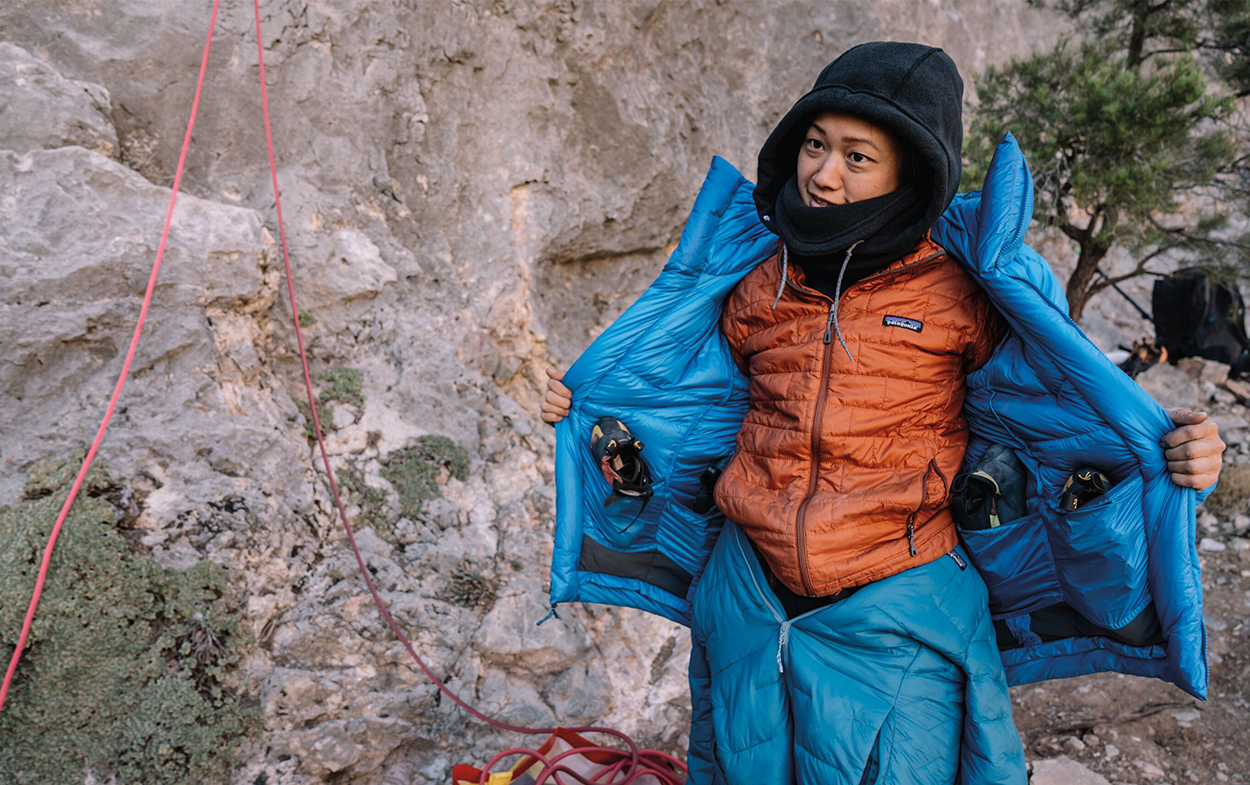
INSULATIONS
M's Nano Puff® Jacket
M's DAS® Parka
M's Micro Puff® Hoody
M's Nano Puff® Vest
W's Micro Puff® Hoody
W's Nano-Air® Hoody
W's Nano Puff Vest
W's Nano-Air® Light Hybrid Hoody

OUTER LAYERS
M's Torrentshell 3L Jacket
M's Storm10 Jacket
M's Torrentshell 3L Pants - Regular
M's Triolet Pants
M's Global Jacket
W's Torrentshell 3L Jacket
W's Global Jacket
W's Granite Crest Jacket
W's Triolet Jacket
W's Storm10 Jacket
W's Torrentshell 3L Pants - Regular
W's Torrentshell 3L City Coat
W's Dirt Roamer Storm Bike Jacket


